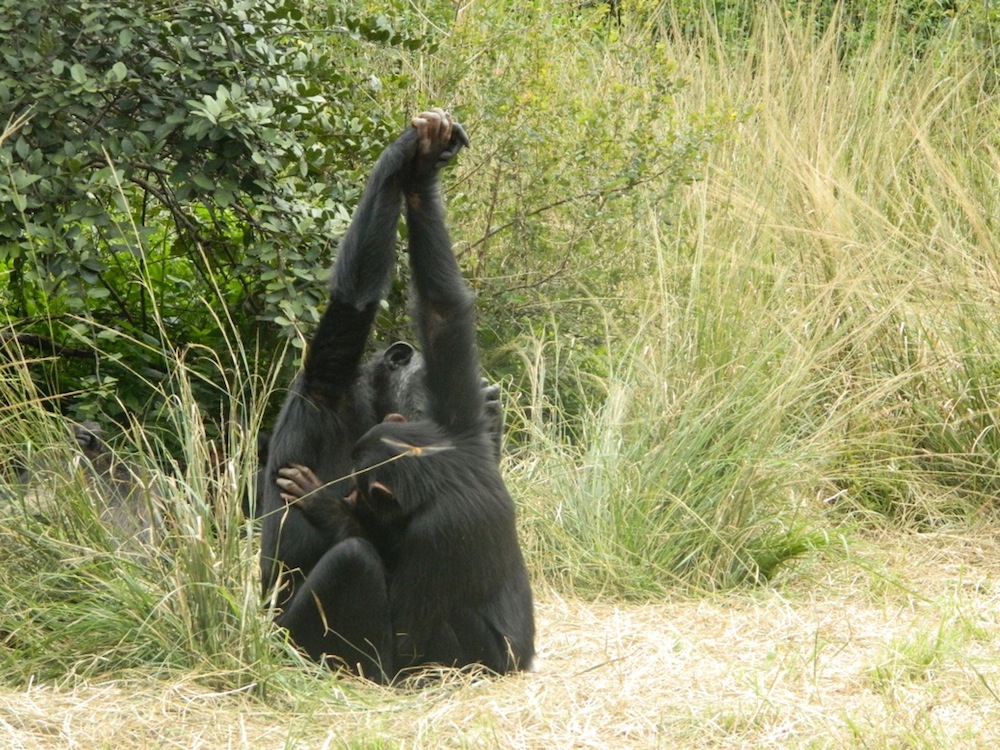When you purchase through inter-group communication on our site , we may bring in an affiliate commission . Here ’s how it works .
A 2004 Ebola outbreak killed up to 95 per centum of one population of westerly lowland gorillas . Some six age since the virus reach , a unexampled analysis establish things are search up for the gorilla .
The investigator work with agorilla populationthat visits Lokoué timber clearing in the Odzala - Kokoua National Park , in the Republic of the Congo .

A 2004 Ebola outbreak killed 95 percent of western lowland gorillas; six years later, things are looking up for the gorillas.
" The first mark of eruption was a sudden and drastic step-down of the frequentation of the Lokoué clarification , " study researcher Celine Genton of the University of Rennes in France told LiveScience . " Six months was enough to decimate the universe . reckon by modeling , the outbreak lasted for around a year , from December 2003 to December 2004 . "
Ebola eruption
Not much is known about the differentgorilla populationsin the Congo , but this gorilla group that claver Lokoué woods clearing has been monitor before the outbreak , then again in 2006 , two year after and in 2010 , six years after . The researchers used this selective information to hit the books how the gorilla population regrouped after the deadly disease hit .

The population dropped from about 380 gorillas before the eruption to fewer than 40 after the outbreak , which spreads by physical contact . The result leave behind the come through females paired up with big silverback unfrequented male person , which were less probable to be infected with the virus because they do n’t live in groups .
This declivity , along with declension in other western lowland gorilla populations strike by the virus , led to a change in the Gorilla gorilla ’s preservation status changed from " scupper " to " critically jeopardise " in 2007 .
The Lokoué universe stayed at about 40 individuals for the next six age , the research worker said , but the demographics — the years and relationship between the gorillas — changed drastically .

The several solitary males that hold out theEbola outbreakhave vanish , and new grownup females have move into the orbit , forming new breeding groups .
" Solitary males probably left the Lokoué universe to search a better breeding potential ( a larger number of available grownup female ) in another , larger , population , " Genton told LiveScience in an email . " If they are not ' the unspoilt , ' it could be more effective for them to will the universe rather than stay and hazard not being able-bodied to engender . "
Rebounding universe

The adult females left in the population have given birth to several newgorillas — all positive sign that this group will recover and repopulate the area . Six age post - Ebola , the Gorilla gorilla population had returned to the same demographic as it had before the virus hit , though not the same turn — yet .
Even so , it could bemore than 130 year before the population reaches 300 gorilla again , Genton suppose . make certain theirhabitat is still thereis essential to keep this universe secure .
The paper was release May 23 in the journal PLoS ONE .















